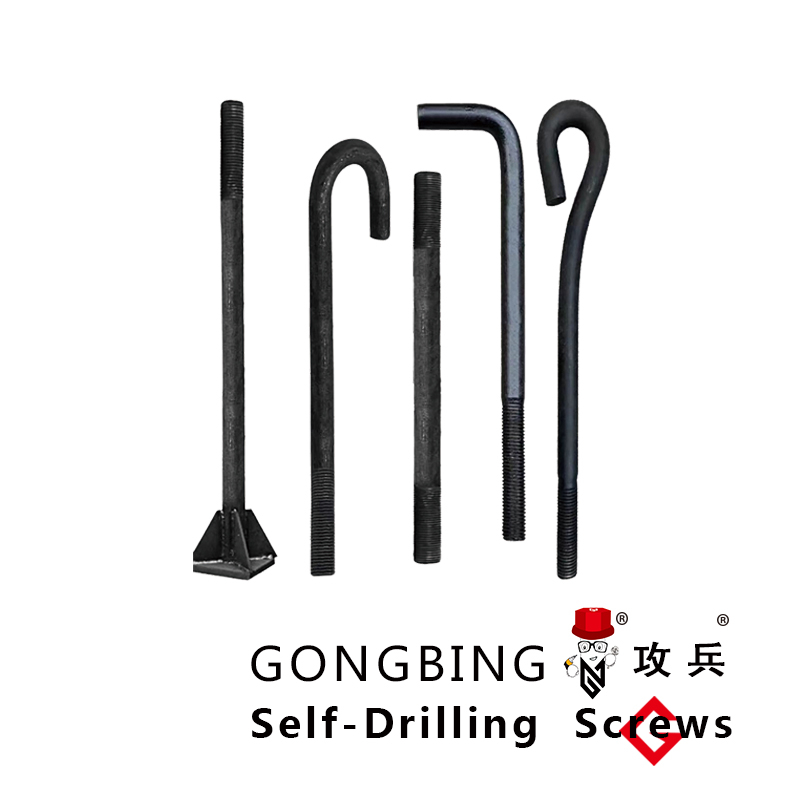chemset bolts
Understanding Chemset Bolts Innovation in Fastening Solutions
In the world of fastening solutions, chemset bolts have emerged as an innovative and effective option for various applications. These specialized bolts are not just an enhancement of traditional fastening methods; they represent a significant advancement owing to their unique design and the materials used in their construction. Understanding chemset bolts can help industries improve their assembly processes, enhance product durability, and optimize structural integrity.
Chemset bolts, or chemical anchor bolts, are used in concrete and masonry applications where conventional bolts may not provide sufficient strength and security. Unlike standard bolts that rely solely on mechanical grip, chemset bolts utilize a chemical adhesive in combination with their threaded design. This adhesive is typically a two-part epoxy or polyester resin that, when mixed and applied into a pre-drilled hole, creates a strong bond between the bolt and the surrounding material.
The advantages of chemset bolts are manifold
. One of the primary benefits is their superior load-bearing capacity. When properly installed, these bolts exhibit exceptional resistance to both shear and tensile forces, making them ideal for heavy loads and demanding environments. This is particularly crucial in construction, infrastructure projects, and under challenging conditions where traditional anchor systems may fail.chemset bolts

Another significant advantage lies in their versatility. Chemset bolts can be used in various materials, including concrete, brick, and stone, making them suitable for a wide range of applications. They can also be employed in both indoor and outdoor settings, providing flexibility in construction projects. Furthermore, these bolts are resistant to environmental factors such as moisture and temperature fluctuations, which ensures that they maintain their strength over time.
Installation of chemset bolts involves a few steps that require precision and care. First, a hole is drilled into the substrate material, followed by the cleaning of the hole to remove dust and debris. Then, the adhesive is mixed and injected into the hole before the bolt is inserted. Once the bolt is in place, the adhesive cures to form a solid bond, which can take a few hours to several days, depending on the specific product and environmental conditions.
Despite the many advantages chemset bolts offer, it is essential to follow manufacturer guidelines during installation to achieve optimal results. Factors such as the condition of the substrate material, the size and type of the bolt, and the curing time of the adhesive all play crucial roles in the effectiveness of the fastening solution.
In conclusion, chemset bolts represent a modern solution to fastening challenges in construction and engineering industries. Their ability to provide enhanced load capacity, durability, and versatility makes them a preferred choice for many applications. As technology advances and more industries recognize their benefits, it is likely that the usage of chemset bolts will continue to grow, ultimately leading to safer and more efficient construction practices. Embracing such innovative solutions signifies a commitment to quality and strength, which is integral in today’s fast-paced industrial landscape.
-
Weatherproof Plastic Expansion Anchors for OutdoorNewsJun.06,2025
-
Sustainability in the Supply Chain: Eco-Friendly TEK Screws ProductionNewsJun.06,2025
-
Load-Bearing Capacity of External Insulation FixingsNewsJun.06,2025
-
Double Head Bolts: Enhancing Efficiency in Industrial MachineryNewsJun.06,2025
-
Corrosion Resistance in Chipboard Screws: Coatings for Wholesale DurabilityNewsJun.06,2025
-
Butterfly Toggle Bolts : Enhancing Structural ResilienceNewsJun.06,2025
